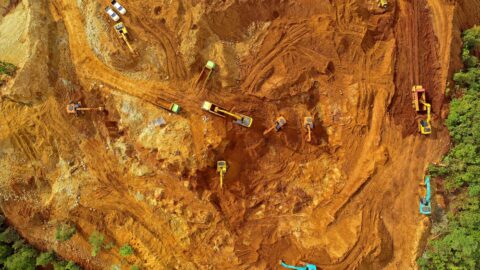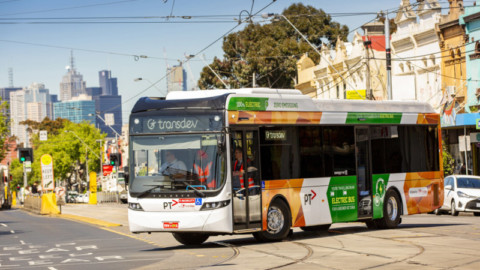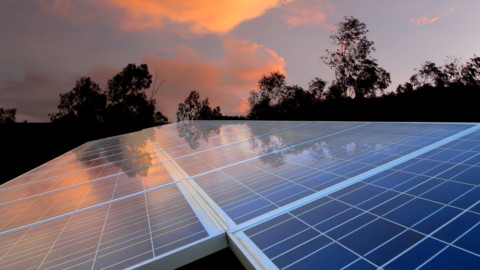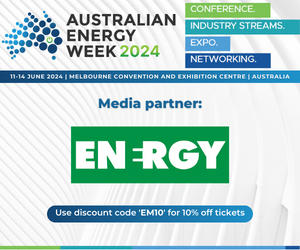With increased pressure on the mining sector to reduce its carbon footprint, the Carosue Dam Gold Mine in Western Australia is one of the latest to take a big step towards going green.
In August this year, Nomadic Energy switched on its 2.5MW (AC) solar system, which included string inverter technology from Siemens at the Northern Star-owned gold mine.
It is the first installation of string inverter technology by Siemens in Australia after the global acquisition of KACO new energy, one of the world’s most reputable and established inverter manufacturers for grid-feed solar power.
The solar project installation is owned and operated by Nomadic Energy, which supplies power to the miner under a six-year Power Purchase Agreement.
The project is helping the mining company transition from diesel and gas to having more power from renewable sources in their power mix.
The Carosue Dam project is made up of 20 units of 125kW string inverters.
The KACO blueplanet 125 TL3 Series was selected for its technical fit with a high IP66 rating, good performances under high temperatures, and low standby power consumption.
The German-made Siemens string inverters are ideal for harsh climatic conditions and have high Ingress Protection (IP) ratings of 66, meeting the highest international standards against the elements such as dust, water, and pollutants, while maintaining efficient cooling control.
The system was designed to have the inverters centrally located close to the transformers to reduce AC power losses by more than 2 per cent compared to typical string inverters, which need to be located closer to the PV panels and further away from transformers or grid connection point.
The inverters were recently added to the Clean Energy Council’s list of compliant inverters and power conversion equipment.
Carosue Dam Gold Mine is located in the South Laverton goldfield which is 120km north-east of Kalgoorlie.
It is one of Australia’s 66 active gold mines, which sees Australia as the second-largest gold producer in the world.
The mine produces around 250,000 ounces of gold annually with 203,281 ounces in the 2020 financial year.
Australia’s annual gold production is around 325 tonnes.
The installation joins a growing number of mine sites in Australia looking to shift from diesel to onsite renewable sources such as solar energy.
The mining industry accounts for up to 7 per cent of global greenhouse gas emissions, hence the industry is facing greater pressure to reduce its environmental impact.
The increased accessibility and affordability of renewable energy sources are key to enabling gold miners to achieve this shift.
Falling costs and developing technologies should continue to expand the solutions available for more companies to embrace the opportunity to reduce emissions.
This sponsored editorial is brought to you by Siemens. For more information, visit siemens.com.au.

















